SolarLab was founded in 2016 as a collaboration of all the research groups in the Netherlands active in solar photovoltaic research. The SolarLab research groups demonstrate record-efficiency stable, sustainable solar cells, form a powerful ecosystem with a strong voice for PV research in NL and abroad and enhance PV collaboration in NL, share laboratories and coordinate funding streams. Solar PV, the conversion of sunlight into electricity, needs to play a major role in the conversion of our society to a sustainable way of living. The reach our climate ambition, 1000 km2 of solar panels need to be installed in the Netherlands alone. The new PV technology developed in the SolarLab research groups leads to a reduction in the land area and resources required for solar PV and a better integration into the environment. We educate the next generation of high-tech professionals in the sustainable energy sector. Many hundreds of BSc, MSc and PhD students are educated by SolarLab gruops every year. Next to that, the solar PV technology and spin-out technologies, for example microscopy techniques, developed within SolarLab add several million euros of revenue to the Dutch economy every year.
Impact
Outreach video's playlist
Our start-up projects
founded by SOLARLab PIs
AMOLF
- Delmic (Delft): Instruments for correlative analytical electron/optical microscopy
Delft
- PV Works (Delft): Consultancy company for facilitating large-scale deployment of PV technology
- Solar Monkey (Delft): The all-in-one software for solar panel providers
- Delft Spectral Technologies (Delft): Solar cell characterization via Fourier Optical Measurement System and design via Corona technique
- Eternalsun Spire (Delft): Provider of solar simulators for characterizing PV modules with sizes up to 2,6 m x 1,4 m
Groningen
- QDI systems (Groningen): medical x-ray detectors
Twente
- MESOLINE (Rotterdam): microchannel particle deposition for high-aspect ratio, residue-free 3D-microstructures (together with Caltech)
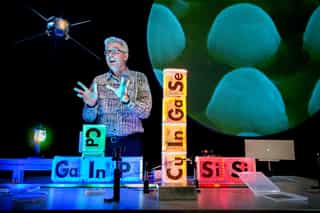
Our partners in ongoing research programs

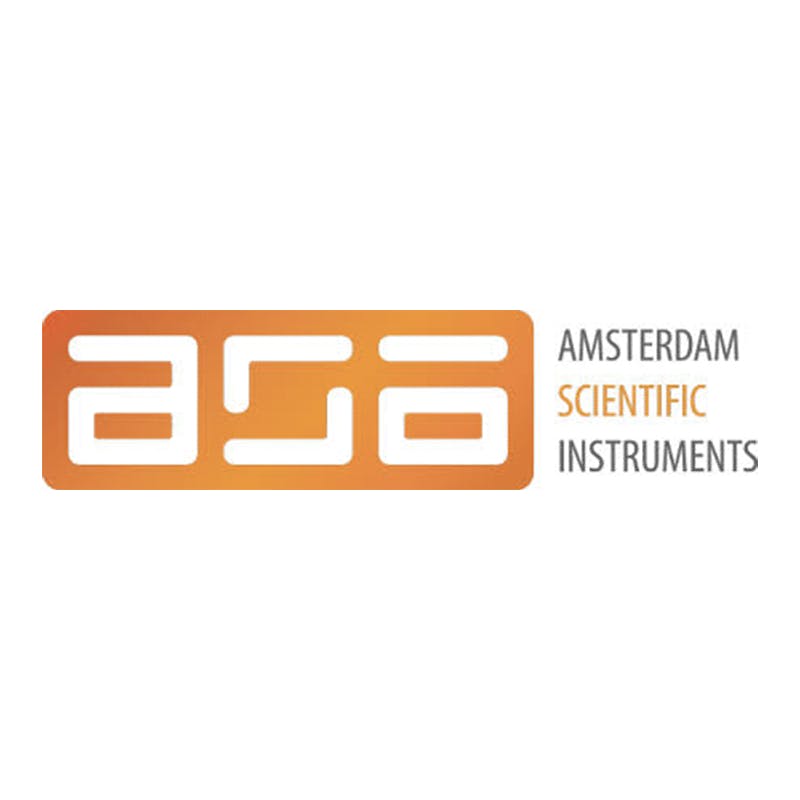
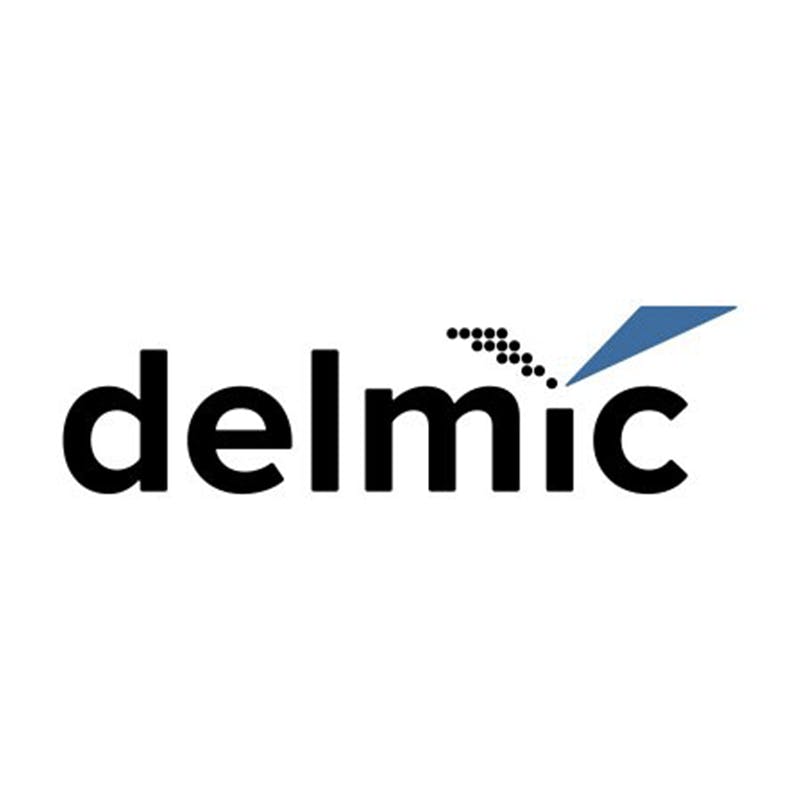
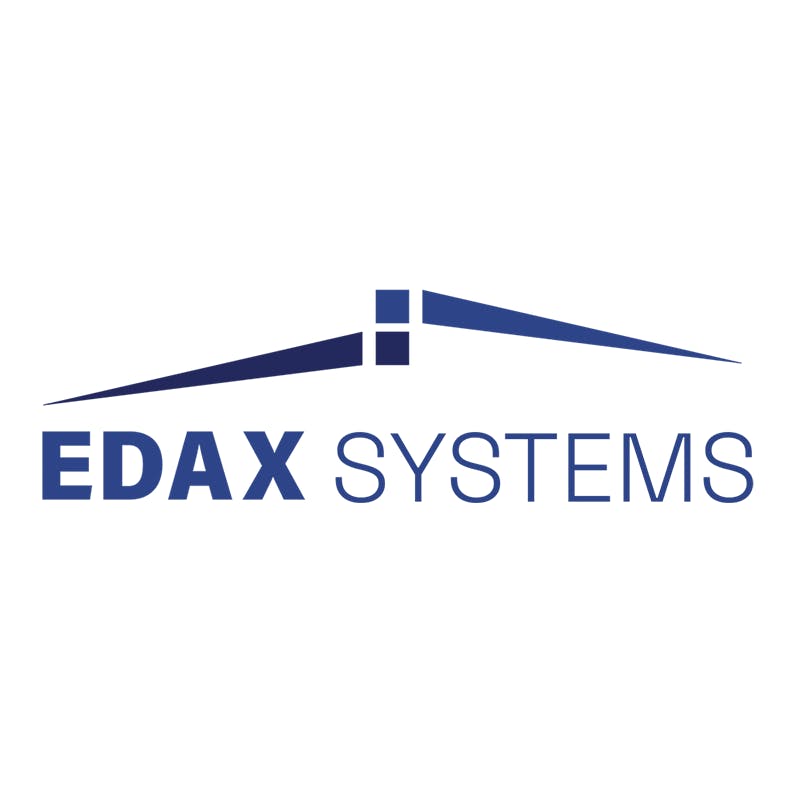
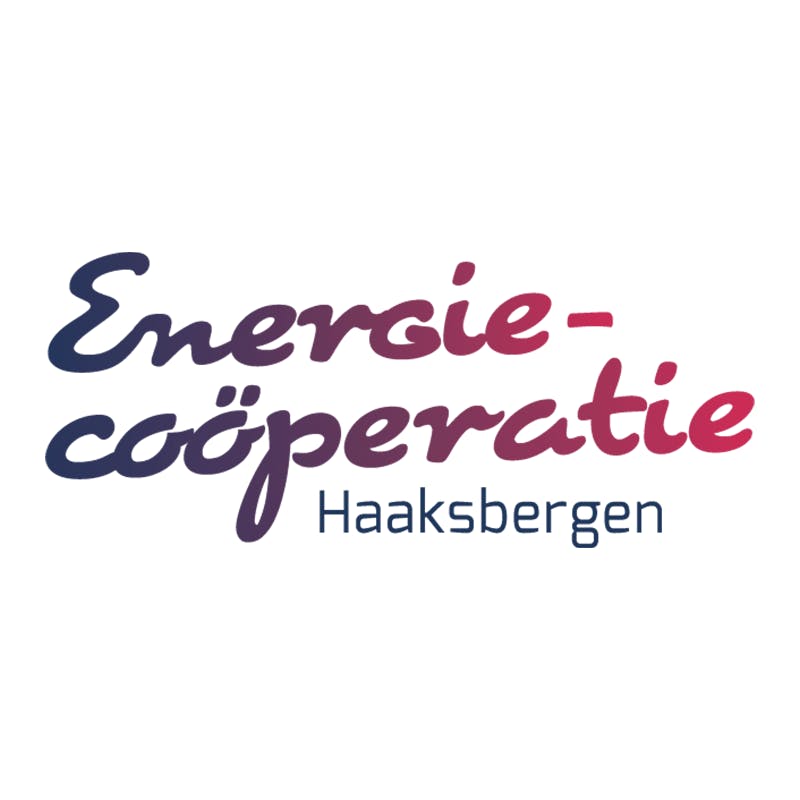
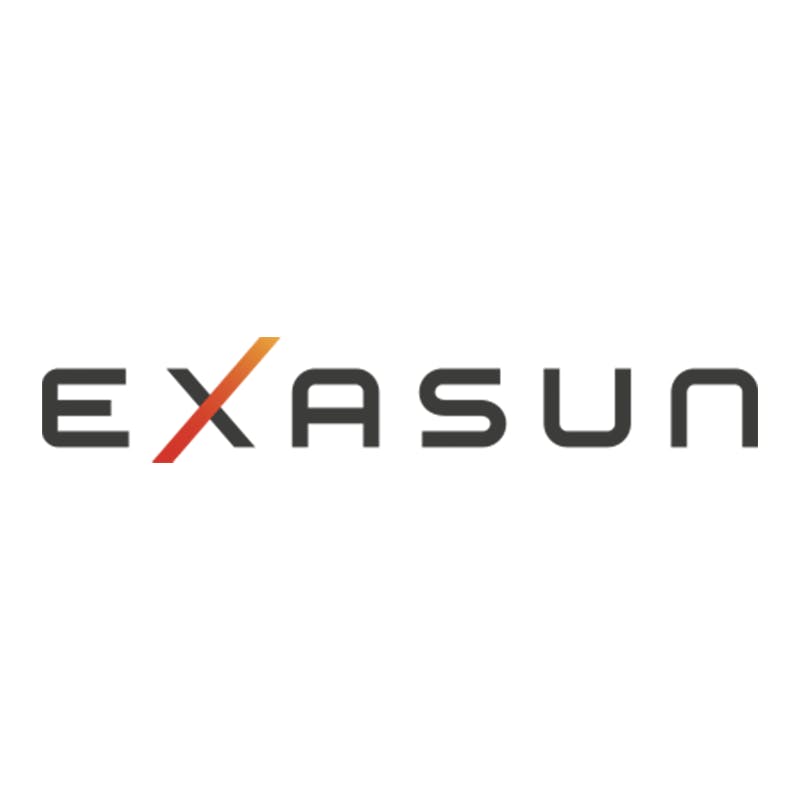
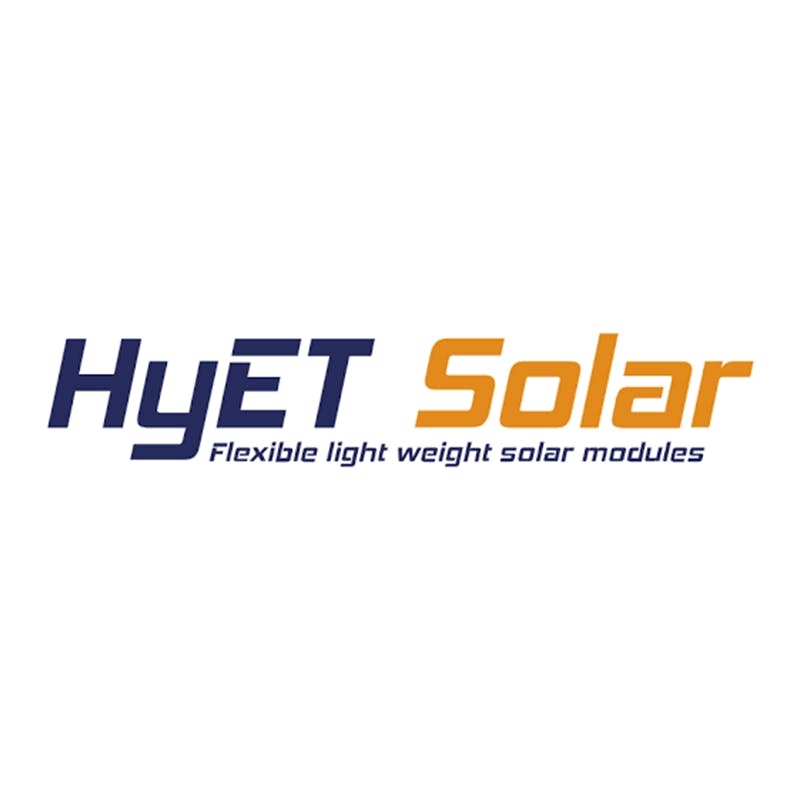
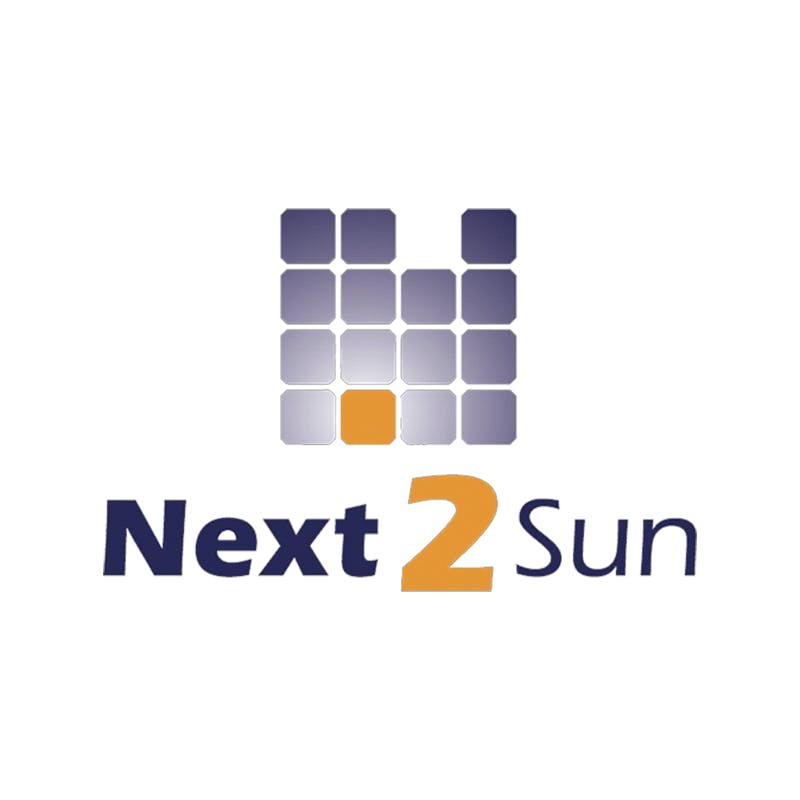
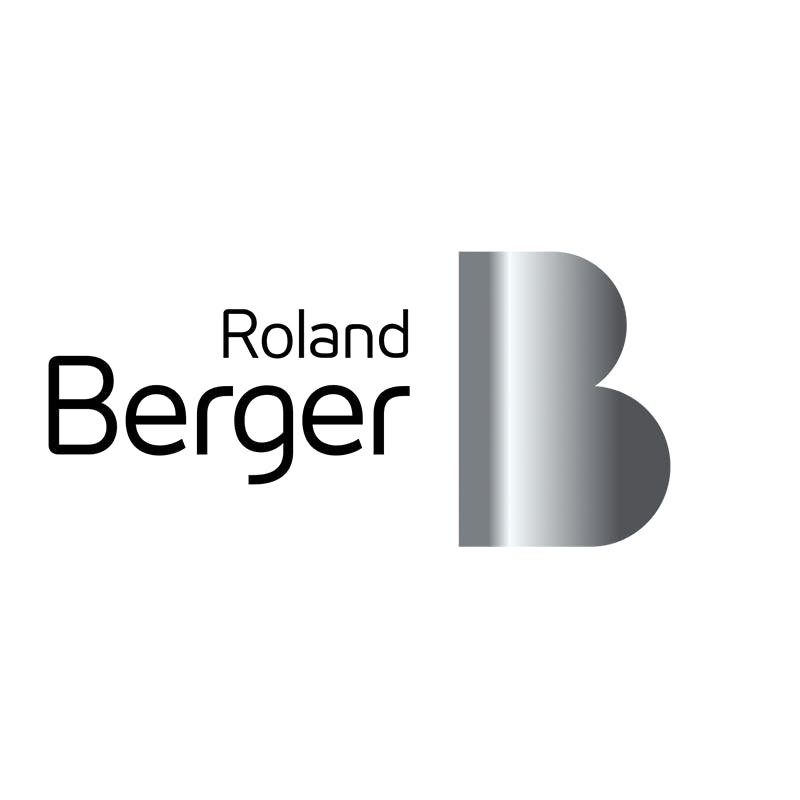
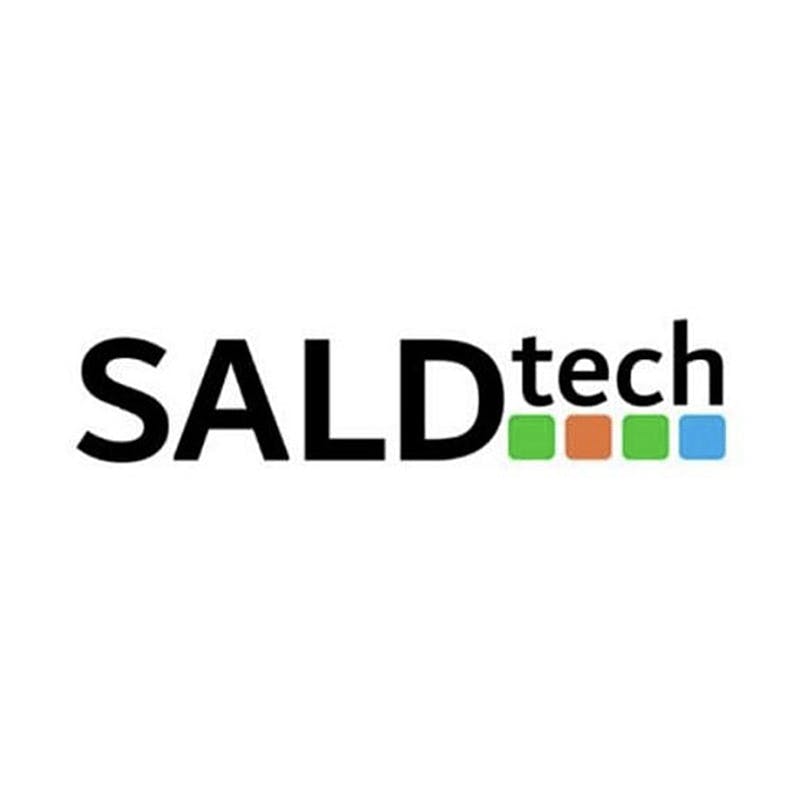
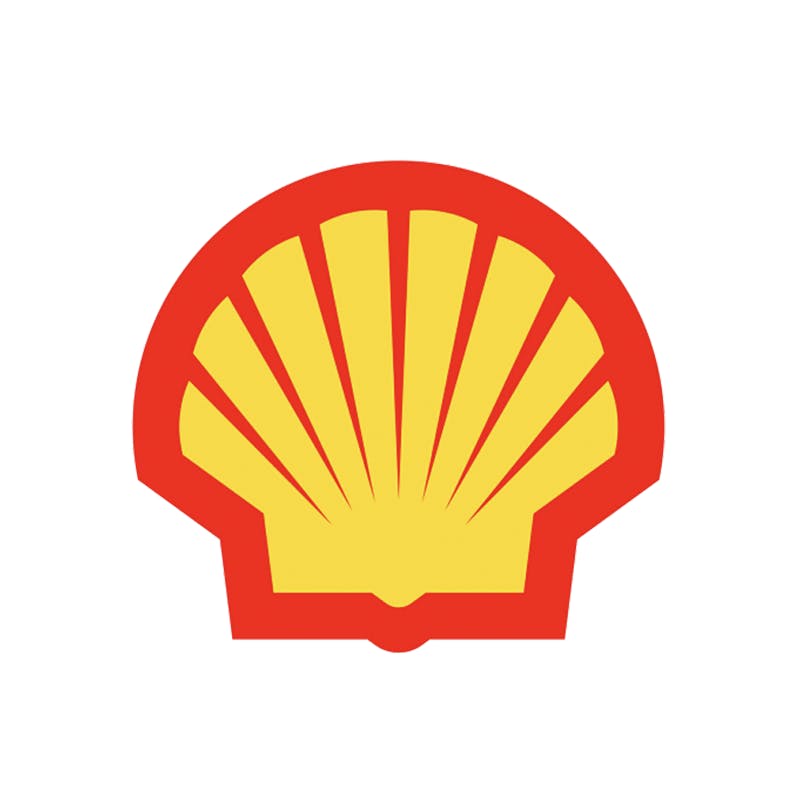

Solar cell records and key technological advances
Solar cell records are broken all over the world nearly every week. Over the years, the SOLARLab community has presented many breakthrough solar cells designs with efficiency records listed below. Most record have been broken since, by SOLARlab partners or others. SOLARLab also develops new materials and cell designs that can find their way in many different solar cell technologies. Some of these breakthroughs are listed below (incomplete list).